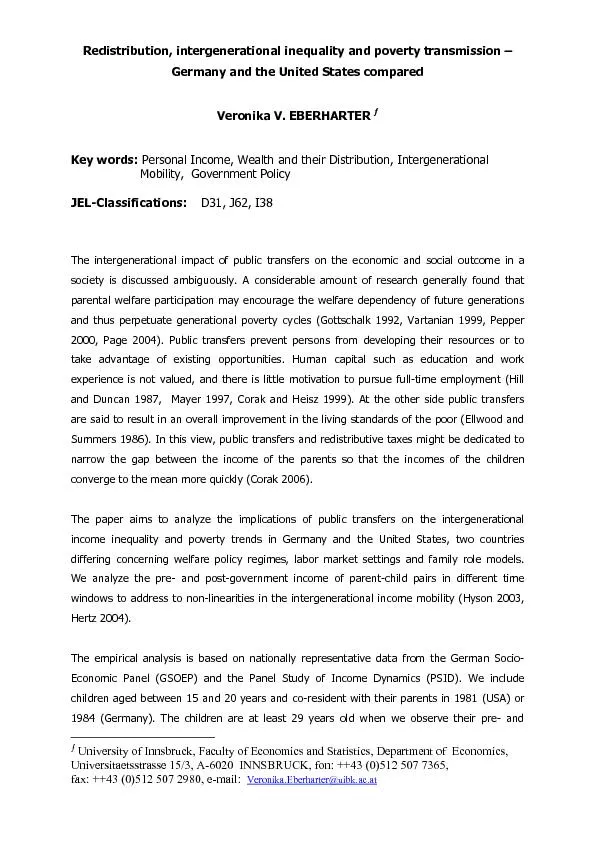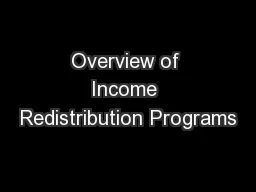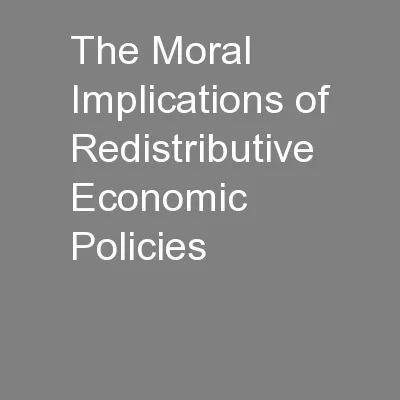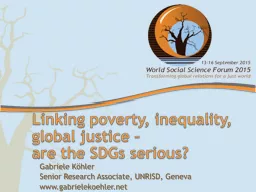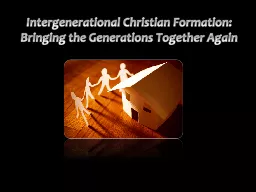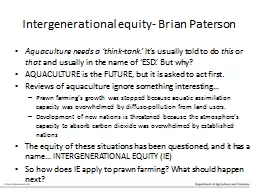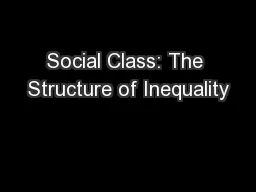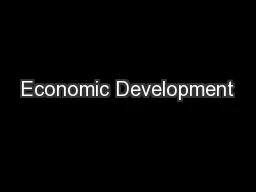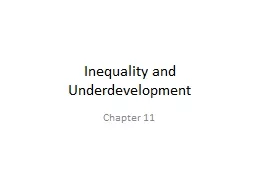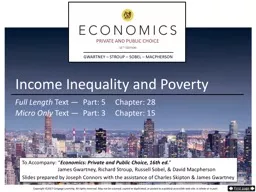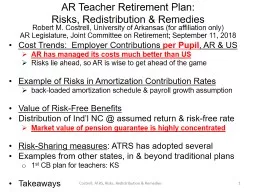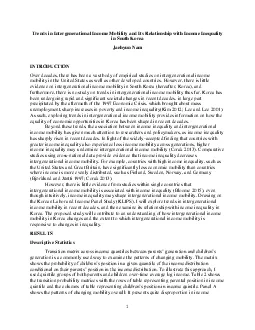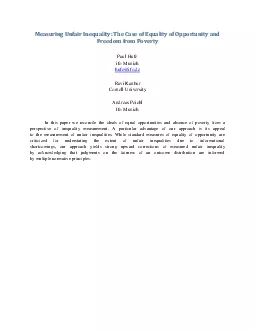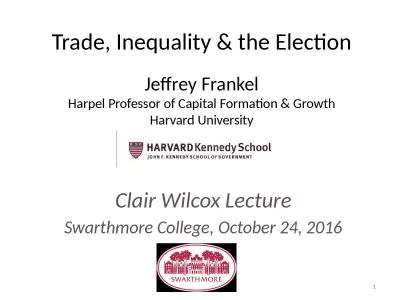PDF-Redistribution, intergenerational inequality and poverty transmission
Author : pamella-moone | Published Date : 2016-05-30
University of Innsbruck Faculty of Economics and Statistics Department of Economics fax 43 0512 507 2980 email VeronikaEberharteruibkacat postgovernment income position
Presentation Embed Code
Download Presentation
Download Presentation The PPT/PDF document "Redistribution, intergenerational inequa..." is the property of its rightful owner. Permission is granted to download and print the materials on this website for personal, non-commercial use only, and to display it on your personal computer provided you do not modify the materials and that you retain all copyright notices contained in the materials. By downloading content from our website, you accept the terms of this agreement.
Redistribution, intergenerational inequality and poverty transmission: Transcript
Download Rules Of Document
"Redistribution, intergenerational inequality and poverty transmission"The content belongs to its owner. You may download and print it for personal use, without modification, and keep all copyright notices. By downloading, you agree to these terms.
Related Documents

